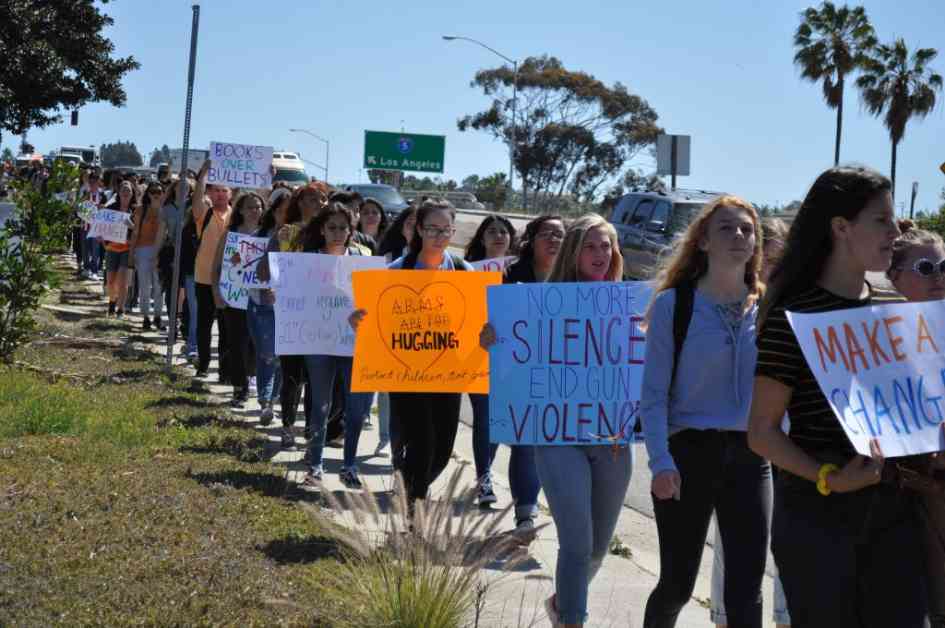Teacher Anxiety: Navigating School Shootings in Today’s Society
As a teacher in today’s world, the fear of school shootings has become a haunting reality that we must confront on a regular basis. The recent headline of a shooting at a Georgia high school, with a 14-year-old suspect in custody, sends shockwaves through the education community. While we try to maintain composure and continue with our lessons, the underlying anxiety lingers, knowing that it could have been our own classroom, our colleagues, or our students.
The aftermath of such tragedies often leaves us feeling helpless, but it also sparks a sense of urgency to find ways to support our students and colleagues in navigating through this collective trauma. One crucial aspect that needs immediate attention is the implementation of regular emotional check-ins for both students and staff. Research has shown that social and emotional learning significantly improves student perceptions of school safety and inclusion, making it a vital component in preventing future incidents.
Prioritizing Mental Health and Emotional Intelligence
The age of the Georgia shooter highlights the importance of addressing mental health in schools as a proactive measure. By focusing on emotional intelligence and providing support for those struggling with psychological challenges, we can potentially identify warning signs before it’s too late. While it’s a delicate balance to respect privacy while also ensuring safety, incorporating social and emotional learning into school curriculums is a researched step towards creating a safer environment for all.
In addition to supporting students, school personnel also need proper training on how to handle trauma and signs of stress. Teachers often feel ill-equipped to respond to students’ emotional needs, leading to a breakdown in communication and support. Instituting structured systems of correspondence and annual training on trauma response can help create a more compassionate and proactive environment within schools.
The Impact of Cyberbullying and Social Media
One significant issue that often arises in classrooms is the impact of cyberbullying and social media on students’ mental health and well-being. The prevalence of technology in today’s society has made it challenging for students to navigate real-life interactions, leading to increased stress and anxiety. While school violence existed before the digital age, the rise in school-related incidents may be linked to the impersonal nature of online communication.
As we grapple with the emotional aftermath of school shootings, the urgent need for systemic change becomes apparent. Communities like Apalachee, Georgia, are left reeling from the pain of government inaction, prompting schools nationwide to review safety procedures and trauma response plans. The responsibility for student safety should not solely rest on the shoulders of educators; it is a fundamental expectation that requires legislative action and support from elected officials.
In conclusion, the prevalence of school shootings in today’s society demands a proactive approach to ensuring the safety and well-being of students and staff. By prioritizing mental health, emotional intelligence, and trauma response training, schools can create a more supportive and secure environment for all. It’s time for policymakers to take action and implement meaningful change to prevent future tragedies and protect our school communities.
